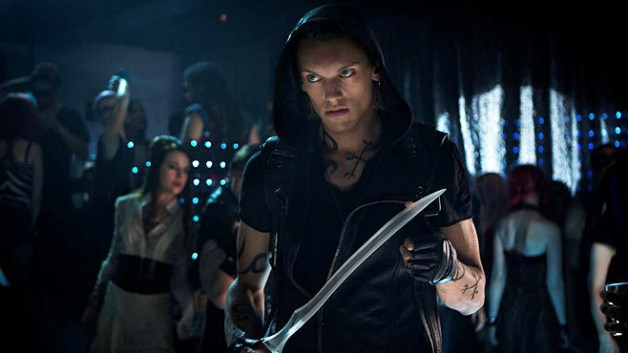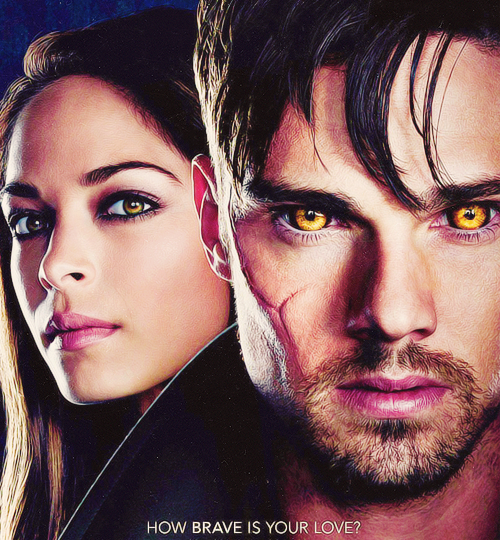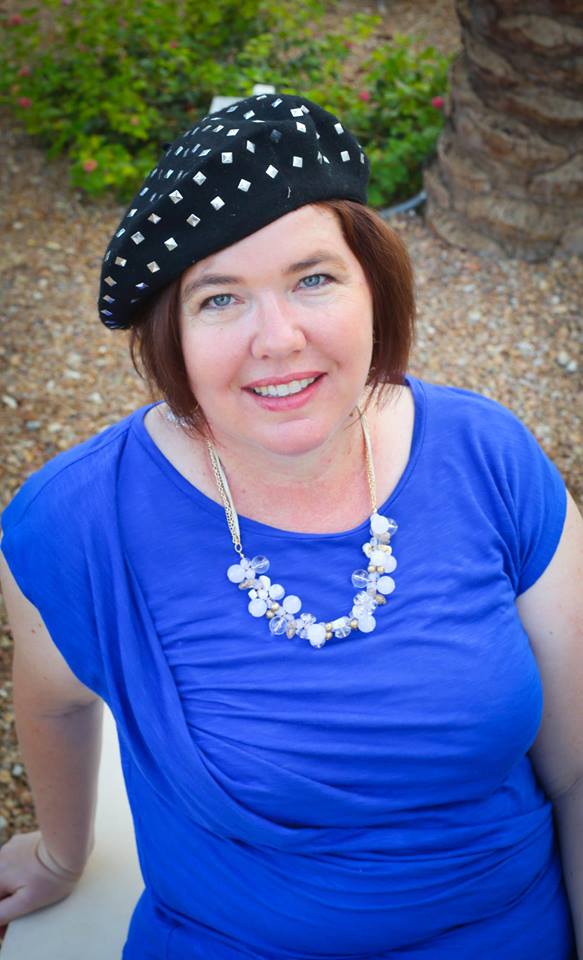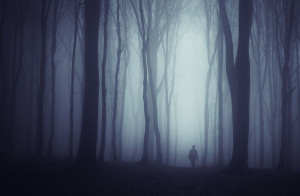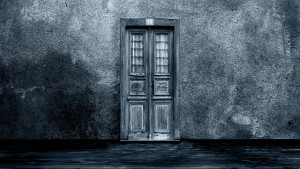Guest Post by Tonya L. De Marco
“I’m gonna kill you!”
How many times do we hear or say that every week? Chances are quite a few. It’s usually a harmless statement, but I like to think about the people that mean it. The people that silently scream it over and over in their heads while hiding it behind a serene smile. They march through everyday life as if in a masquerade, their faces reflecting only the emotions they choose to show us. Hiding behind the facades are images of spurting blood and victim’s pleas for mercy. The beast must be fed.
Those are the monsters I’m afraid of. And those are the monsters I’m inspired to transform into characters for my stories. Not the green alien creatures, werewolves, vampires or zombies…but the monsters that walk among us every day hiding in plain sight. The killer that sits in the next cubicle vetting her next victim. The classmate of our children who spends his free time studying blueprints of the school building rather than doing his homework. The ones that the neighbors and friends tell the reporters that “he was always so nice, so quite. He just stayed to himself.”
I’m intrigued by serial killers and, in particular, monstrous women. I think my fascination comes from the fact that I believe we all have demons deep inside of us that are capable of the heinous acts committed by these murderers. We all feel some hate or have a desire at one time or another for vengeance. What is it that keeps us from acting upon these impulses? What is different about them that allows their beasts the freedom to come forth?
Love and passion can turn to hate and thirst for revenge in the blink of an eye. So what makes someone follow through on those violent thoughts? What’s the difference between a person who “snaps” and may never kill again as opposed to someone that murders over and over again, carefully plotting and planning the crime? How are we, the normal people, able to control our rages? These are the questions I seek to answer in writing my dark characters.
My inspiration comes from real-life killers, past and present. The atrocities that humans are capable of inflicting against each another are far more terrifying to me than the stereotypical monster. I typically make my characters experience horrible things in their past to help explain why they might be the way they are. Research has shown that the amygdala is enlarged in the brains of sociopaths, which may lead to answers about what drives their urges.
Everyone has the potential inside themselves. Therein lies the biggest fascination for me. People will say, “I could never do that.” And, after seeing the movie SAW, many reiterated that they couldn’t make those life-and-death choices. I respectfully disagree. I invite those folks to sit down and meet their amygdala, the primitive brain. Constantly alert to the needs of basic survival, the amygdala would certainly trigger a “kill or be killed” reaction even in people that, in their higher brain, believe they have no capacity for.
I’m a petite red headed woman and even I carry this burden. For me, instead of applying a weapon to flesh, I feed my beast with pen to paper.
About the Author:

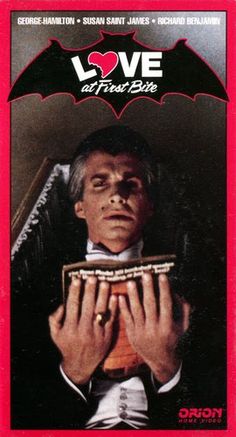
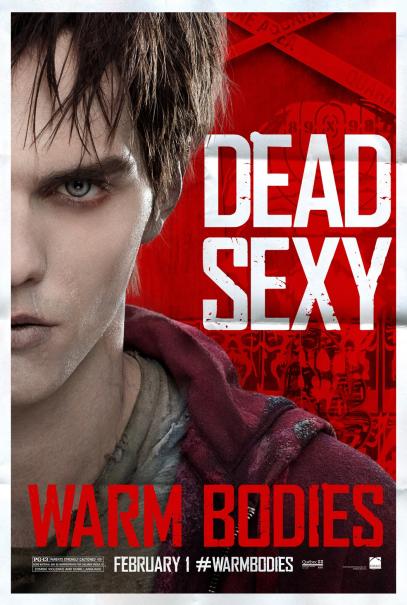 Hamilton, maybe it was Disco, yet that fascination has remained. And yep, just about any monster is acceptable, and I’m not alone. There are a number of women fascinated with romantic leads ranging from vamps, to werewolves, to Frankenstein’s monster, to even Zombies. But why? What do these dangerous men have to offer that your run-of-the-mill bad boy can’t provide? Why are we so turned on by a creature that could horrifically rip us apart? And why do women want to read about such dangerous unhealthy relationships in the first place?
Hamilton, maybe it was Disco, yet that fascination has remained. And yep, just about any monster is acceptable, and I’m not alone. There are a number of women fascinated with romantic leads ranging from vamps, to werewolves, to Frankenstein’s monster, to even Zombies. But why? What do these dangerous men have to offer that your run-of-the-mill bad boy can’t provide? Why are we so turned on by a creature that could horrifically rip us apart? And why do women want to read about such dangerous unhealthy relationships in the first place?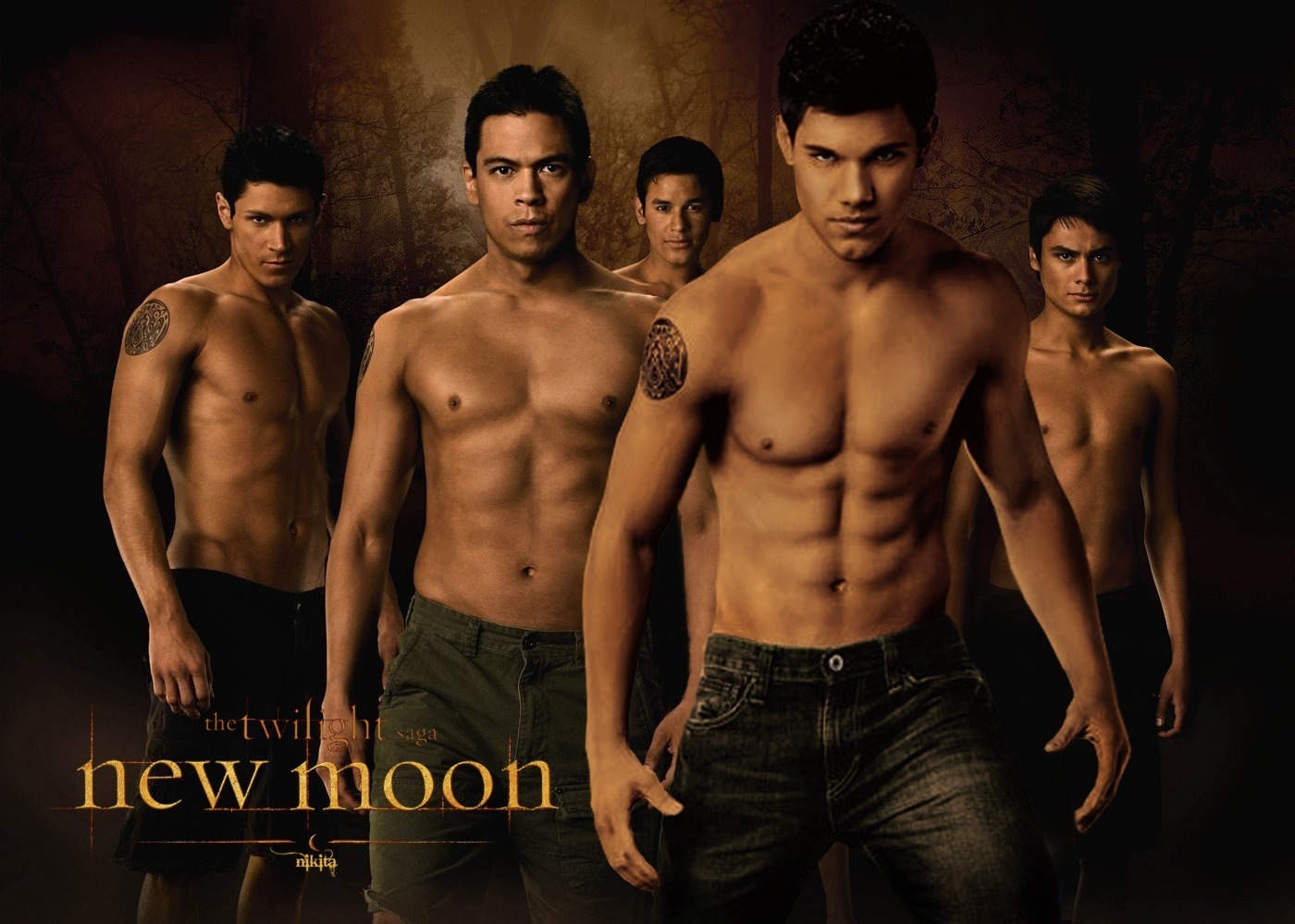
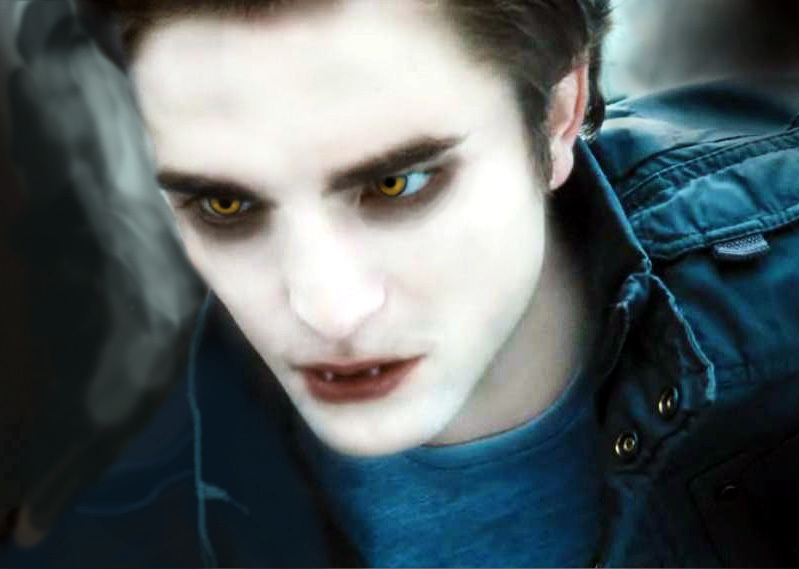 who will be dependable, protective, and stay with me forever.” Um…reality check! But since when are we looking for reality checks in our fiction? I know that I can’t single-handedly bring down a dragon with a dinky sword, but that doesn’t mean I wouldn’t love to imagine that I could. With monster vs. human, it’s amazing for a man to change his rough attitude for a woman, but a being that is basically coded to kill people in order to survive. Now that’s a challenge. Hence, “Twilight.”
who will be dependable, protective, and stay with me forever.” Um…reality check! But since when are we looking for reality checks in our fiction? I know that I can’t single-handedly bring down a dragon with a dinky sword, but that doesn’t mean I wouldn’t love to imagine that I could. With monster vs. human, it’s amazing for a man to change his rough attitude for a woman, but a being that is basically coded to kill people in order to survive. Now that’s a challenge. Hence, “Twilight.”